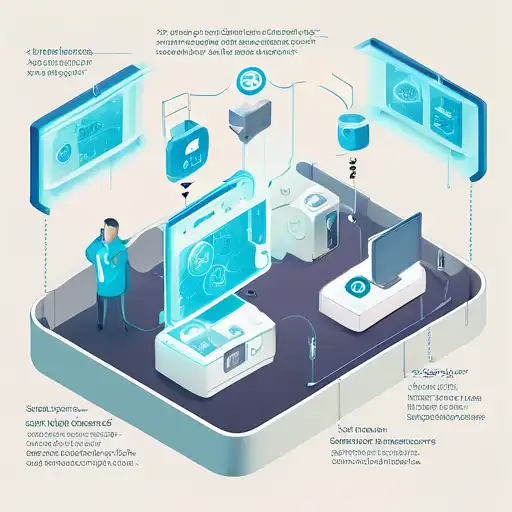Understanding the Security Challenges of IoT Devices
The Internet of Things (IoT) has revolutionized how we interact with technology, embedding smart capabilities into everyday objects. From smart thermostats to connected refrigerators, IoT devices are becoming ubiquitous. However, this rapid expansion brings significant security challenges that users and manufacturers must address.
The Vulnerabilities of IoT Devices
IoT devices often lack robust security features, making them prime targets for cyberattacks. Many devices come with default passwords that are easily guessable or hardcoded into the firmware, leaving them vulnerable to unauthorized access. Additionally, the sheer volume of IoT devices creates a vast attack surface for hackers to exploit.
Common Security Threats
- Unauthorized Access: Weak authentication mechanisms can allow attackers to gain control over devices.
- Data Breaches: Sensitive information collected by IoT devices can be intercepted or stolen.
- Device Hijacking: Compromised devices can be used to launch larger-scale attacks, such as DDoS.
- Lack of Encryption: Without proper encryption, data transmitted between devices and servers can be easily intercepted.
Strategies for Enhancing IoT Security
To mitigate these risks, both manufacturers and users must take proactive steps. Manufacturers should prioritize security in the design phase, incorporating strong encryption and regular firmware updates. Users, on the other hand, should change default passwords and segment their networks to isolate IoT devices from critical systems.
The Role of Legislation and Standards
Governments and industry bodies are beginning to introduce regulations and standards to ensure IoT devices meet minimum security requirements. Compliance with these standards can significantly reduce vulnerabilities and protect users from potential threats.
Looking Ahead
As the IoT landscape continues to evolve, so too will the security challenges. Staying informed about potential risks and adopting best practices for device security will be crucial for safeguarding personal and organizational data in the interconnected world of tomorrow.
For more insights into protecting your digital life, explore our guide on cybersecurity basics.
